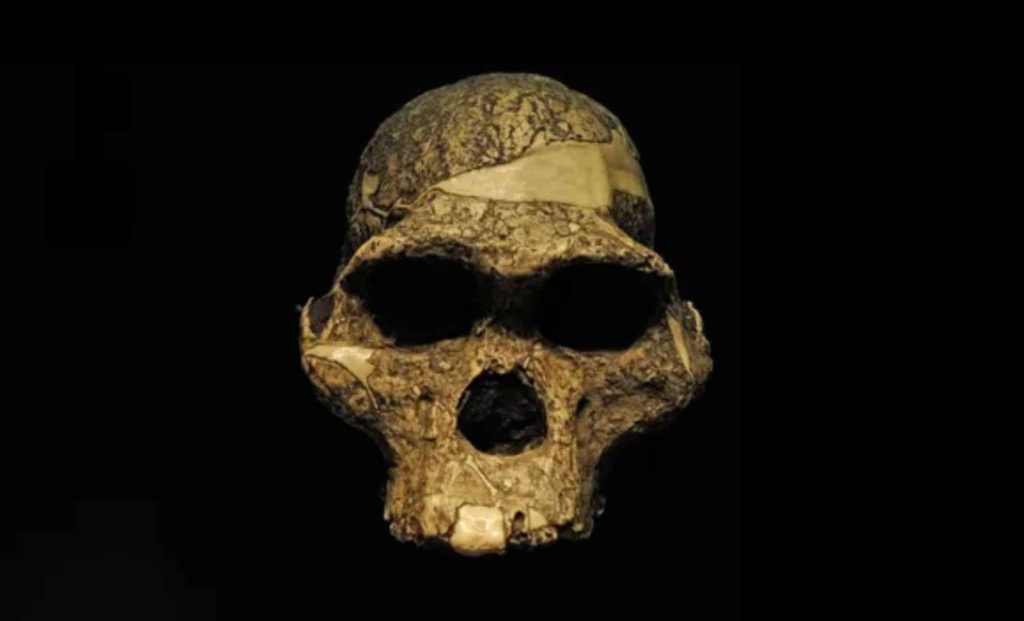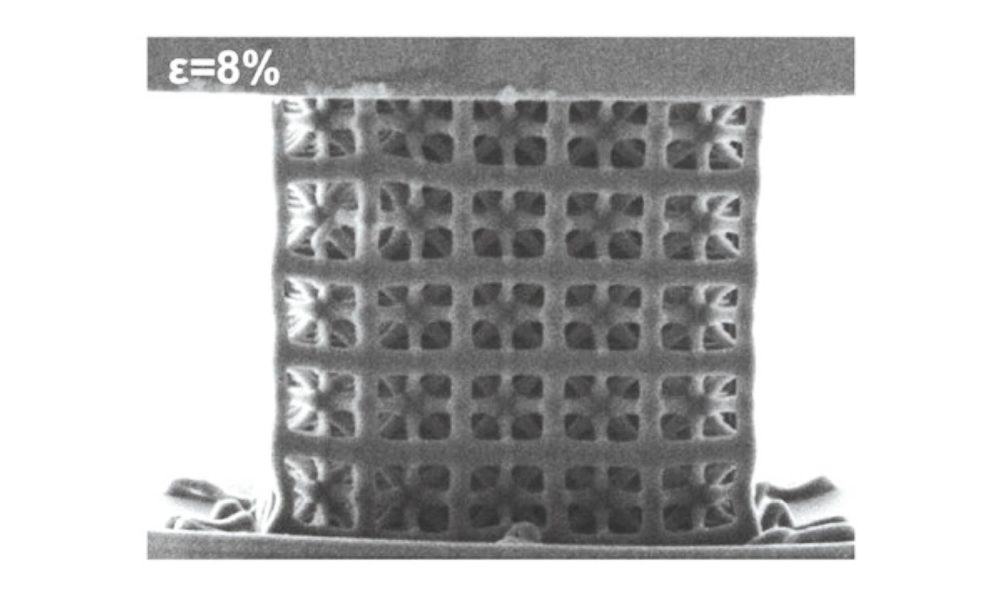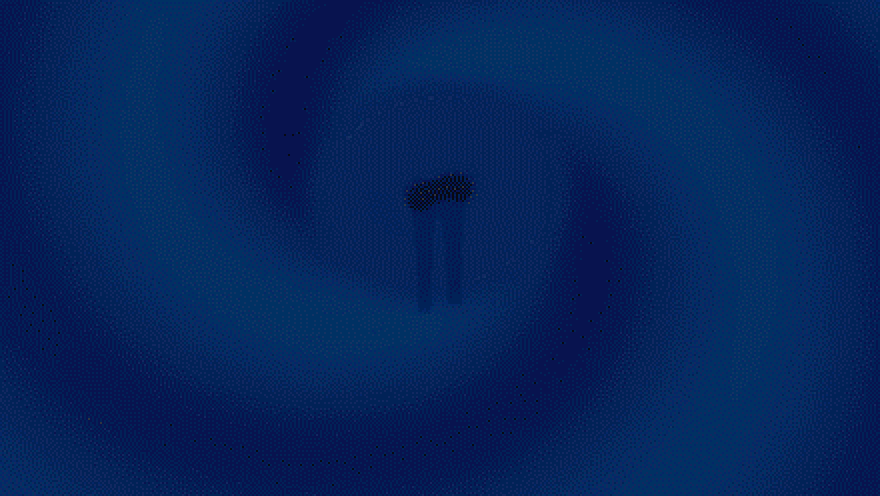For the First Time, Scientists Reveal the Sex of a 3.5-Million-Year-Old Human Relative Using Ancient Proteins – The Daily Galaxy –Great Discoveries Channel

For the first time, scientists have successfully extracted ancient proteins from a 3.5-million-year-old hominin fossil, revealing its sex in a groundbreaking discovery. Using a technique called paleoproteomics, researchers analyzed tooth enamel proteins from an Australopithecus africanus specimen, confirming it as male—a feat previously impossible with fossils this old. This breakthrough not only opens new doors for human evolution research but also challenges traditional methods of studying our ancient ancestors.For the first time, scientists have successfully used ancient proteins to determine the sex of a 3.5-million-year-old hominin, marking a major breakthrough in paleoanthropology. The discovery was made by an international team of researchers who extracted and analyzed protein samples from the tooth enamel of an Australopithecus africanus fossil. This method, known as paleoproteomics, has never before been successfully applied to such an ancient human ancestor, and its success could revolutionize how scientists study the evolutionary history of early hominins.This innovative technique provides an alternative to traditional methods of sex determination, which rely on skeletal structure or DNA analysis—both of which have limitations. Fossilized bones are often fragmentary and incomplete, making sex determination difficult, while DNA degrades over time and rarely survives beyond a few hundred thousand years. Proteins, however, are far more stable over long periods, allowing researchers to extract valuable biological information from fossils millions of years old.The subject of this study was an Australopithecus africanus individual whose remains were unearthed decades ago in South Africa’s Sterkfontein limestone caves, a site renowned for its rich fossil record of early hominins. The research team was able to extract over 100 peptides—the building blocks of proteins—from the individual’s tooth enamel, identifying several that were specific to amelogenin, a protein essential for tooth development. Because males and females produce amelogenin slightly differently, the scientists were able to determine that this individual was male.The successful application of paleoproteomics to such an ancient fossil represents a significant milestone. “To my knowledge, among the publicly shared hominin enamel proteomes, A. africanus is the oldest hominin to be subjected to palaeoproteomic analysis,” said study lead author Palesa Madupe, a postdoctoral researcher in the Section for Geogenetics at the University of Copenhagen. This breakthrough highlights the growing potential of protein analysis in expanding our understanding of human evolution.Understanding the biological differences between male and female individuals in ancient hominin species is essential for reconstructing their social structures, reproductive behaviors, and evolutionary adaptations. In many cases, determining an individual’s sex from skeletal remains is challenging, particularly for species like Australopithecus africanus, where male and female differences in bone structure can be subtle and overlap significantly.With paleoproteomics, researchers now have a new way to approach this challenge, potentially allowing for more accurate classifications of fossil specimens. As more fossils undergo protein analysis, scientists hope to better understand the degree of sexual dimorphism in early hominin species—an important factor in determining their mating behaviors, survival strategies, and even their place in the evolutionary tree.The study also underscores the significance of Australopithecus africanus in the human evolutionary timeline. This species lived between 3.5 million and 2 million years ago, at a time when early hominins were transitioning from more apelike ancestors to the first members of the Homo genus. Its fossils have played a crucial role in shaping our understanding of how our ancestors adapted to different environments, used tools, and evolved bipedal locomotion.The successful extraction of ancient proteins from a 3.5-million-year-old hominin raises the possibility of applying this method to even older fossils. Scientists are now looking to test the technique on remains from other species and from different regions and climates, to see if similar protein preservation can be found. If successful, paleoproteomics could provide new insights into hominin evolution in ways previously thought impossible.The Cradle of Humankind, the fossil-rich region of South Africa where this discovery was made, is home to at least six hominin species, including Australopithecus africanus and Homo naledi. By applying this protein-based approach to other fossils in the region, researchers hope to answer key questions about how these species were related to one another and how they may have interacted in their ancient ecosystems.These findings suggest that paleoproteomics may soon become a standard tool in the study of human evolution, helping scientists decode the biology of species that lived millions of years ago.This discovery represents a turning point in our ability to reconstruct the lives of our ancient ancestors. While traditional morphological and DNA-based studies have provided significant insights, protein analysis now offers a longer-lasting molecular record that can help fill in the gaps where DNA is no longer recoverable.The team behind this study believes that their work is just the beginning of a much broader application of paleoproteomics in human evolutionary studies. By refining their techniques and applying them to older and more diverse fossils, scientists could unlock entirely new aspects of early hominin biology that have remained hidden for millions of years.As researchers continue to push the boundaries of what’s possible with ancient biomolecules, one thing is clear: the past has much more to reveal—and we are only just beginning to listen.The study was published in the South African Journal of Science on February 7, 2024, as part of a special issue celebrating the 100th anniversary of the discovery of the Taung Child fossil.Got a reaction? Share your thoughts in the commentsEnjoyed this article? Subscribe to our free newsletter for engaging stories, exclusive content, and the latest news.Comment Save my name, email, and website in this browser for the next time I comment.
© 2024 | Daily Galaxy | All rights reserved
Source: https://dailygalaxy.com/2025/02/scientists-reveal-sex-3-5-m-year-old-human/






